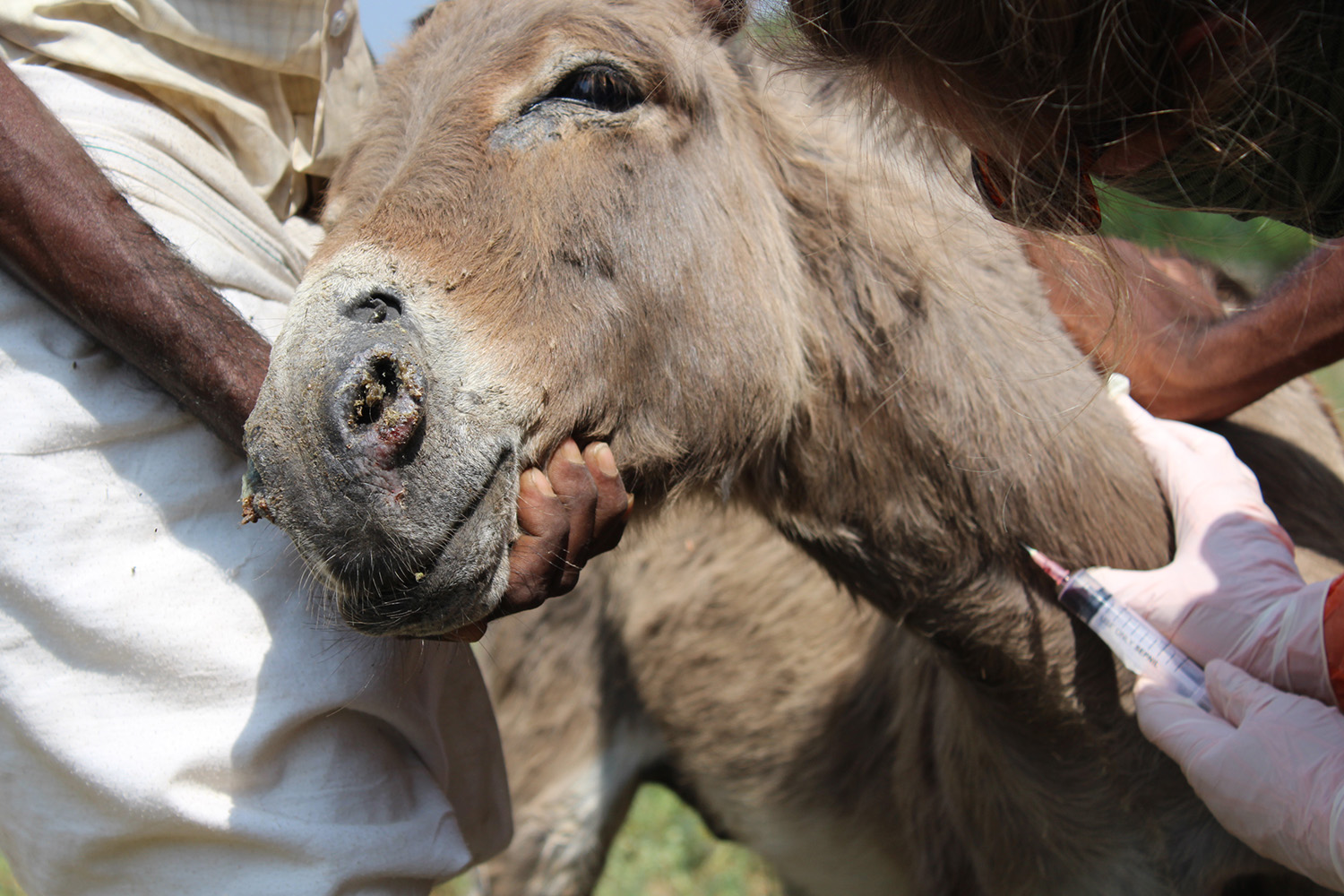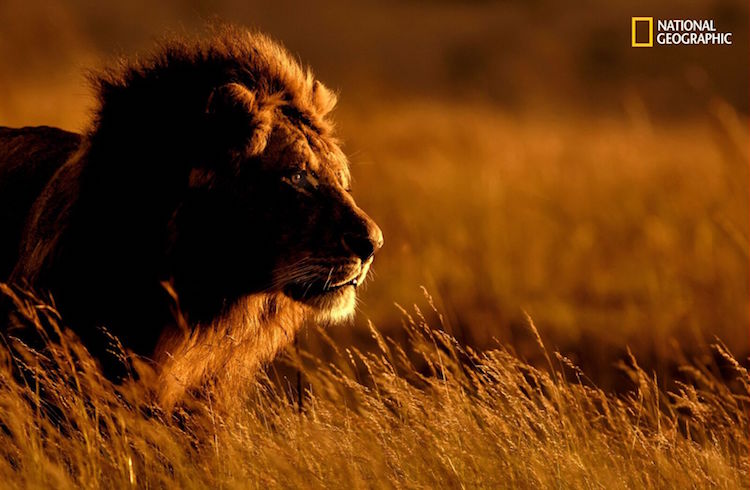What Year Of The Animal Is 2017 The Chinese use the lunar calendar for festive occasions including the New Year which falls somewhere between late January and early February. The cycle of twelve animal signs derives from Chinese folklore as a method for naming the years. The animals follow one another in an established order and are repeated every twelve years - rat, ox, tiger, rabbit, dragon, snake, horse, sheep, monkey, rooster, dog and pig. Each animal has particular characteristics and people born in a certain year are believed to take on these characteristics. Positive results were confirmed in 15 individuals (0.15 %). This study does not only support the theory of dromedary camel role in human infection but also indicates a higher prevalence of human seropositivity than expected, based on reported cases from Saudi Arabia.
Middle East Respiratory Syndrome-Coronavirus (MERS-CoV) is a novel coronavirus discovered in 2012 and is responsible for acute respiratory syndrome in humans. Though not confirmed yet, multiple surveillance and phylogenetic studies suggest a bat origin. The disease is heavily endemic in dromedary camel populations of East Africa and the Middle East. Though bats and alpacas can serve as potential reservoirs for MERS-CoV, dromedary camels seem to be the only animal host responsible for the spill over human infections.
Legend has it that a god beckoned all animals to bid him farewell before his departure from Earth. Only 12 of them, namely the rat, ox, tiger, rabbit, dragon, snake, horse, goat, monkey, rooster, dog and pig arrived, with each given a place of honor in a year based on the order of arrival. This indicates that a small proportion of Canary Island dromedary camels were exposed to the virus at some point in time. This low percentage, compared to East Africa and the Arabian Peninsula, might be related to the isolated nature of the Canary Islands, as they are off the West African coast and are governed by Spain. Those two factors might limit the interaction of the island's dromedary camels with those from other parts of Africa.
This theory was later supported by another study conducted in early 2015. In this study, a representative sample of 170 dromedary camels on the Canary Islands was investigated; only 4.1 % were seropositive for MERS-CoV. All the seropositive dromedary camels were imported from Africa 20 or more years prior.
This led to the conclusion that active infection and shedding didn't take place on the Canary Islands . So the evidence points to a close dromedary camel contact as a major risk for human infection. In order to better understand the ecology of MERS-CoV infection in dromedary camels, three adult dromedary camels were inoculated with a human isolate of MERS-CoV. Each dromedary camel was inoculated though intratracheal, intranasal and conjunctival routes. Transient, primarily upper respiratory tract infection developed in each of the three camels.
Each dromedary camel shed large quantities of virus from the upper respiratory tract, evidenced by the presence of infectious viruses in nasal swab samples and, to a lesser extent, in oral samples. No infectious virus or viral RNA was detected in fecal, urine, serum or whole blood samples . After authentication, the virus was recovered from respiratory tissues and some lymph nodes draining the respiratory system of one dromedary camel, but not in any other organs. These findings were consistent with the data from naturally infected dromedary camels .
Some studies reported the detection of MERS-CoV virus from fecal specimen, though virus detection rates were far lower than in nasal swab specimens [22–24]. One study in particular reported detection of MERS-CoV RNA in the milk of five out of seven infected dromedary camels . All tested alpacas were seropositive to MERS-CoV (100 %). Of note, MERS-CoV is endemic in Qatar's dromedaries, and nine out of ten dromedary camels that shared the same barn complex were seropositive for MERS-CoV . This indicates the susceptibility of alpacas for natural MERS-CoV infection and the potential for a new MERS-CoV animal reservoir. Of note, a previous study found no evidence for MERS-CoV infection in alpacas from regions where MERS-CoV is not endemic .
Like the animal themselves, Dog zodiac signs are known for being lovely, honest and energetic. But be sure to save your energy in 2021 and be careful with how you use it. In 2021 make like a Portuguese water dog and head to the small Iberian nation.
Here you'll find red wine , green wine and even purple moscatel wine. Some of the 12 animals were selected as they closely relate to the lives of ancient Chinese people. These include domestic animals like an ox, goat, rooster and pig. Others were chosen because they have lucky meanings and are well loved, including a tiger and a dragon.
In another study 3 alpacas were experimentally infected through intranasal insulation of MERS-CoV viruses. All got infected and shed the virus; they also transmitted the infection to two out of three other alpacas that shared the same room. Similar to dromedary camels, infected alpacas didn't develop fever, but unlike dromedary camels, none of the alpacas had any observable nasal discharge over the course of infection. All infected animals were able to mount neutralizing antibodies to MERS-CoV . Those born during a metal year have been literally in their element for the past year—so here's looking at you, those born in 1970, 1971, 1980, 1981, 1990 and 1991!
Metal types are minimalists at heart and are better than most at relying only on the given resources. Metal people are survivors and can solve any problem with only what's on hand. If some of us, particularly the more patient, understanding and go-with-the-flow wood and water types, are struggling with the rules and structures of what's happened and what's ahead, it's time to get into a routine! In uncertain times, it's structure that keeps us fulfilled and focused. So, let's follow the lead of the strategic—and sometimes bossy—metal people in our lives.
In many places, January 1 is "day one" of the new year, based on a calendar that follows the Earth's movement around the sun. But the lunar calendar—upon which the Chinese New Year is based—tracks time by the moon cycles. That's why people all over the world celebrate Chinese New Year on different days each year; this year the calendar starts on February 1.
In an attempt to investigate the time frame of MERS-CoV introduction to dromedary camel population, multiple studies screened stored serum samples. 100 % seropositivity was found in 151 dromedary camel serum samples obtained in 2003 from UAE dromedary camels . Archived serum samples, obtained from dromedary camels in Saudi Arabia from1992 through 2010, were found to have a high seropositivity ranging from 72 % to 100 % . 189 stored dromedary camel serum samples from Egypt, collected in 1997, and from Sudan and Somalia, collected between 1983 and 1984, were tested, and 81 % were found to have neutralizing antibodies to MERS-CoV . This implies that MERS-CoV has been heavily endemic in both the Middle East and East Africa's dromedary camels for decades.
Two hundred and three samples from live dromedary camels in Saudi Arabia were collected in 2013 and found to have a high seropositivity (72 %) to MERS-CoV . Seropositivity was higher among adults dromedary camels compared to juvenile dromedary camels , 95 % vs. 55 % respectively . Increasing seropositivity with age might be related to increased likelihood of exposure and subsequent infection over time. A random group of 105 dromedary camels presented for slaughter in Qatar at two occasions in 2014 were sampled for MERS-CoV. Nasal, oral, bronchial and rectal swabs were tested for MERS-CoV.
A high proportion (59 %) of them was actively shedding the virus at the time of slaughter. The percentage of positive samples was the highest for nasal samples, followed by oral swabs, fecal swabs, and bronchial swabs. Co-circulation of multiple MERS-CoV variants, evidenced by five different sequence types, demonstrates multiple virus introductions likely related to the flow of new dromedary camels from different origins . Tied to the lunar calendar, the holiday began as a time for feasting and to honor household and heavenly deities, as well as ancestors. The New Year typically begins with the first new moon that occurs between the end of January and spans the first 15 days of the first month of the lunar calendar—until the full moon arrives.
Snake zodiac signs are known for being enigmatic, intelligent and wise and this year the lucky clouds are red, black and yellow. The Chinese zodiac sign meaning for 2021 points towards improving relationships and meeting new people. Given those lucky colours, perhaps those new people will be met in Germany or Belgium – both countries have red, yellow and black in the flag. Often, disease outbreaks also have significant impacts on international trade of animals and animal products. Finally, animal diseases may also affect wild animals, and may have detrimental effects on their populations and a negative environmental impact.
The CCAC only collects animal data from CCAC-certified institutions. As such, some animals studied in Canadian science will not be accounted for in the CCAC's annual animal data report. As such, some animals studied in Canadian science will not be accounted for in the CCAC's annual animal data report.
Each year is assigned one of the animals of the Zodiac, including a dragon and an ox, which is said to hold certain characteristics and personality traits for the people born in that year. The animal corresponding to the year you were born is only one part of your Chinese zodiac profile; the philosophy of the Five Elements is another. Drawn from the Chinese concept of Wu Xing, or Five Element Theory, this doesn't refer to chemical elements, but to types of influencing energies that affect each other through interactions.
While Western astrology incorporates beliefs about the four elements of earth, air, fire, and water, the Five Elements of the Chinese zodiac are metal, water, wood, fire, and earth. Click on the image to look up your own sign by birth year and read more about how Judy, Sarah and Kaitlin rediscovered their Chinese Zodiac signs in Hong Kong. In addition to evaluating MERS-CoV distribution and the infection burden in dromedary camel populations, screening different geographic areas might also help predict when MERS-CoV was introduced to dromedary camels. Historically and up to the early twentieth century, both dromedary and bactrian camels played a vital role in carrying passengers and goods in North Africa, the Middle East, and East Asia.
For the same reason, they were imported to Australia in the nineteenth century. After the invention of automobile and the use of trains, use and travel of dromedary and bactrian camels between countries was limited. Another study was conducted in Kano, Nigeria in January 2015.
Nasal swabs and blood samples were collected from dromedary camels shortly after slaughter at a slaughterhouse. The samples were tested for the presence of MERS-CoV RNA using RT-PCR from nasal swabs. Sera were tested for the presence of specific MERS-CoV antibodies. Of the 132 dromedary camels screened with nasal swabs, 14 were found to carry the virus RNA (11 %). A large screening study for beta-coronaviruses from 5030 bats' fecal specimens was conducted between 2009 and 2011.
In that study 4758 bats of ten different species from Ghana, and 272 Pipistrellus bats from four European countries were included . Reverse Transcription Polymerase Chain Reaction (RT-PCR) was used to detect coronavirus RNA. Of the ten bat species tested in Ghana, only Nycteris gambiensis was found to carry 2c beta-coronavirus. A round one fourth of the 185 Nycteris bats tested positive; this accounted for 1 % of whole tested bat's population from Ghana. Of the Pipistrellus bat species tested in Europe, 40 out of 272 (14.7 %) carried 2c beta-coronavirus.
Both 2c beta-coronaviruses isolated are genetically very closely related to MERS-CoV. This relatedness indicates that MERS-CoV likely originated from bats . Though the study had a good sample size and screened different geographical areas, none of those areas is known for MERS-CoV infection in humans or domestic animals.
Click to enlargeThe statistics show that 53% of research is on guinea pigs, hamsters and rabbits, while 10% is on dogs or cats and 9% on non-human primates. In the UK, where mice, rats, fish and birds are counted in the annual statistics, over 96% of research is on rodents, birds and fish. Across the EU, which measures animal use slightly differently,93% of research is on species not counted under the Animal Welfare Act . If similar proportions were applied the US, the total number of vertebrates used in research in the US would be between 12 and 24 million, however, there are no published statistics to confirm this. Given the assumptions made above on the number of other species used, it is likely that dogs, cats and non-human primates together account for 1% or less of the animals used in research every year. The Chinese zodiac, or shengxiao, is made up of 12 different animals that repeat on a cycle.
Each year is celebrated and represented by the animal and its reputed attributes. The 2021 Chinese zodiac sign, the Ox, means this year will be methodical and filled with hard work. Those who work hard will be rewarded, and zodiac signs who are lucky with money will see the greatest outcomes. As is ancient tradition, the Chinese zodiac attaches animal signs to each lunar year in a cycle of 12 years. The animal designation changes at the start of the New Year.
Depending on various factors, experts would suggest the dos and don'ts for each zodiac sign for the year ahead. Ranging from lucky numbers, lucky colours, lucky flowers and lucky direction, these are believed to influence different aspects of one's life. Experts would also provide advice on work, wealth, health and love. You can find out more by going online, visiting temples or even your neighbourhood malls where comprehensive explanations can be seen being put up along with CNY decorations. Aturday marks the beginning of the Chinese Lunar New Year, China's biggest holiday, which is celebrated throughout the world, including in the U.S. Each year, Chinese people ring in the new year around when the new moon is closest to the beginning of spring, usually sometime between mid-January and late-February.
Although China officially uses the international Gregorian calendar, the traditional lunisolar calendar remains a symbol to harken the start of spring. It is the ninth in the 12 year cycle of the Chinese zodiac, where each year is represented by an animal. One of the five elements - gold , water, wood, fire or earth - is also assigned to each new year.
Reusken CB, Farag EA, Jonges M, Godeke GJ, El-Sayed AM, Pas SD, et al. Middle East respiratory syndrome coronavirus (MERS-CoV) RNA and neutralising antibodies in milk collected according to local customs from dromedary camels, Qatar, April 2014. Larger scale serological screening of human populations in areas where MERS-CoV is endemic in dromedary camels should be considered.
More extensive screening of bats in Saudi Arabia and East Africa, especially the Egyptian tomb bat, needs to be considered. Screening dromedary camel populations in Africa , and East Asia will help better delineate the geographical distribution of dromedaries involvement. Our experience with MERS-CoV is of zoonotic nature, transmitted to humans from infected dromedary camels. The origin of MERS-CoV viral infection is not very well understood.
It could have originated in bats and transmitted to dromedary camels at some unknown time in the past. All serum samples from 50 dromedary camels in Oman were positive for MERS-CoV specific antibodies . Similar results were reached from a larger study conducted in United Arab Emirates , where 500 dromedary camels' sera screened in 2013 revealed 96 % seropositivity . A study that obtained the full genome of MERS-CoV from a dromedary camel in Qatar showed that MERS-CoVs from dromedary camel and humans are nearly identical . Today, dogs are such familiar parts of our lives—our reputed best friends and subject of many a meme—that it's easy to take them, and what they represent, for granted.






















